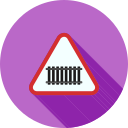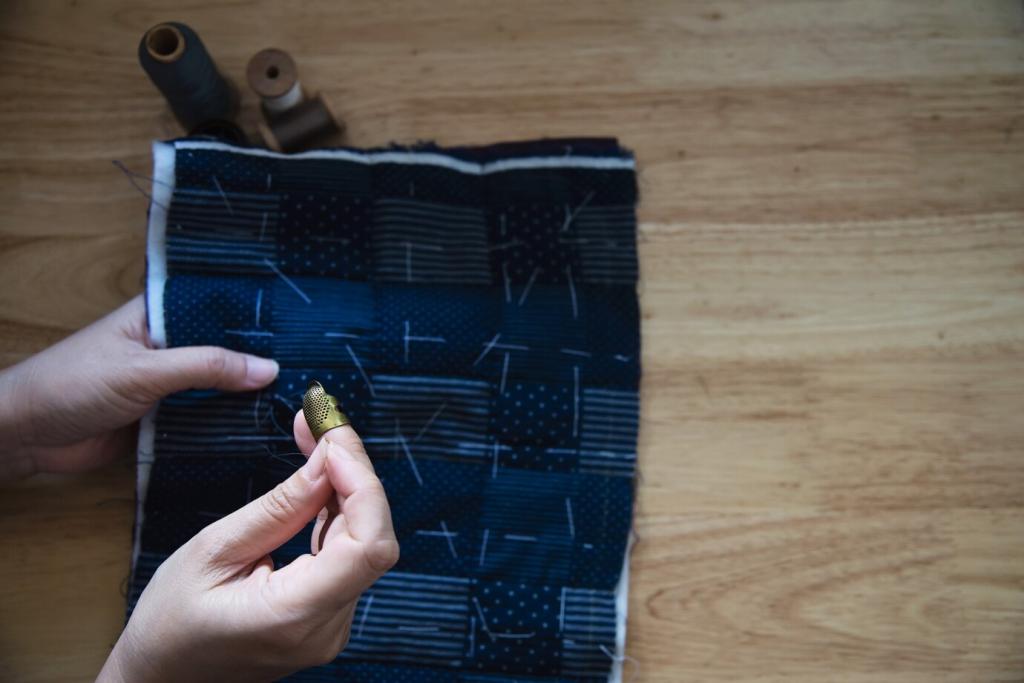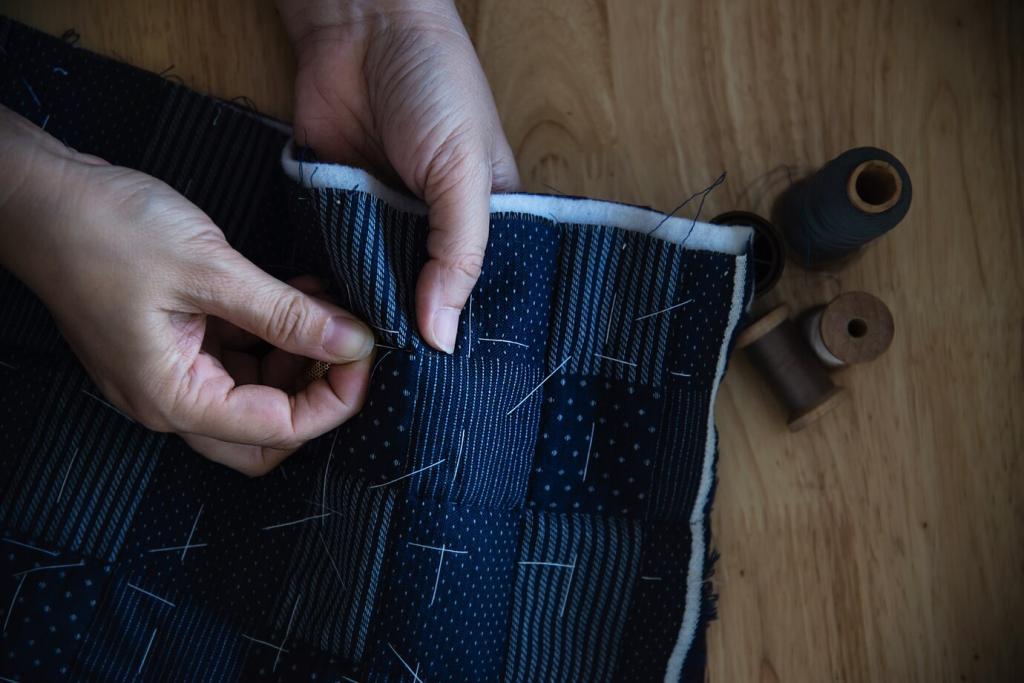Matching Symbols to Fabric: Linen, Microfiber, Velvet, and More
Natural fibers often carry W or WS, but they can absorb quickly and leave halos if over-wet. Keep water use conservative, blot patiently, and dry evenly. Share your cotton or linen cleanup story—what symbol did your tag show, and how did you avoid tide lines?
Matching Symbols to Fabric: Linen, Microfiber, Velvet, and More
Microfiber frequently tolerates W, though some versions prefer S. Always test because dyes vary. Brush the nap after cleaning to restore texture. If your performance fabric shows WS, compare both methods on a hidden patch and tell us which left the best feel and finish.



